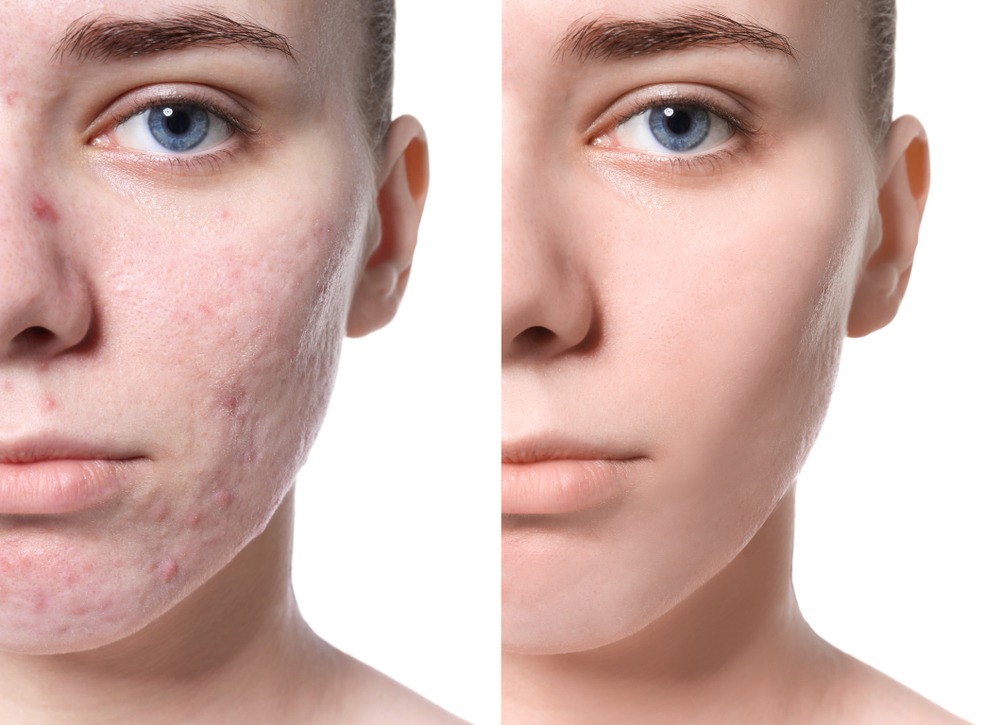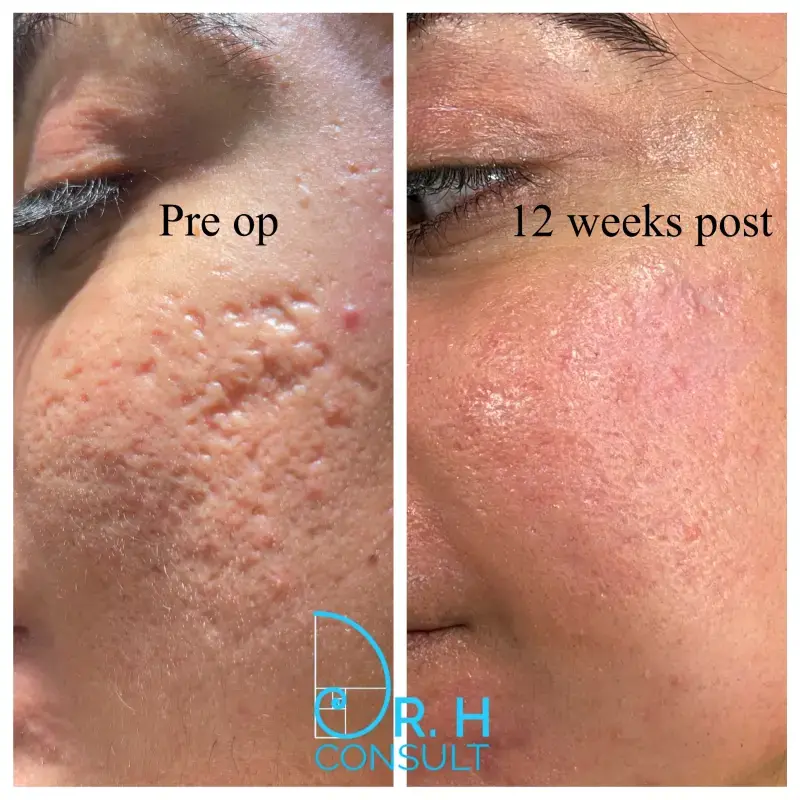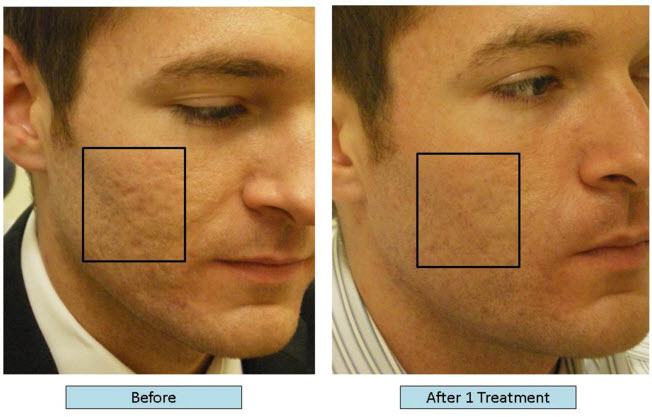Sensitive Skin? Discover the Right Acne Scars Treatment for Your Needs
Sensitive Skin? Discover the Right Acne Scars Treatment for Your Needs
Blog Article
Understanding the Different Skin Problem and Efficient Therapy Choices for Acne Scars
Acne marks stand for a complex interaction of skin problems that substantially effect people' self-confidence and overall skin health. Understanding the unique kinds of acne marks-- atrophic and hypertrophic-- along with their underlying causes, is critical for establishing effective therapy strategies. Different healing options exist, varying from sophisticated skin-related treatments to natural treatments. Nonetheless, the effectiveness of these treatments usually depends upon individualized analyses by qualified specialists. As we explore the landscape of acne scar monitoring, it ends up being noticeable that the trip toward clearer skin might entail even more than simply topical solutions.
Kinds Of Acne Marks

On the other hand, hypertrophic marks result from an overflow of collagen during the healing procedure, bring about raised locations on the skin. These scars are usually solid and can vary in shade, often showing up red or darker than the surrounding skin.
Comprehending these sorts of acne scars is important for developing a reliable therapy plan - acne scars treatment. Options may include chemical peels, laser therapy, microneedling, or facial fillers, tailored to the certain mark kind. A complete appointment with a dermatologist can assist figure out one of the most proper intervention, taking into consideration the individual's skin kind, scar intensity, and general skin health
Causes of Acne Scarring
Scarring occurs as a result of the body's all-natural recovery feedback to swelling and injury brought on by acne sores. When acne types, it activates an inflammatory response, bring about the release of numerous cytokines and development factors that advertise healing. This process can often lead to extreme tissue formation or inadequate repair work, resulting in scars.
The main reasons for acne scarring consist of the severity of the acne itself, period of the sores, and specific skin types. Serious inflammatory acne, such as nodules and cysts, is more likely to cause scarring as a result of much deeper tissue damages. Furthermore, incorrect handling of acne sores, such as pressing or selecting, can intensify cells injury and swelling, increasing the chance of scarring.
Hereditary tendency additionally plays a significant role; individuals with a family background of scarring are at a greater danger. Skin kind and shade can affect mark development, as darker skin tones may experience post-inflammatory hyperpigmentation, while lighter skin may develop atrophic scars.
Eventually, understanding these causes is necessary in taking care of acne and reducing the possibility for scarring.

Treatment Options for Scarring
Reliable therapy choices for acne scarring vary relying on the type and extent of the scars. Typically classified right into atrophic, hypertrophic, and keloid scars, these problems need tailored strategies for ideal results.
For atrophic scars, which are identified by a loss of cells, treatments such as chemical peels, microdermabrasion, and laser therapy are frequently used. These approaches advertise skin renewal and promote collagen manufacturing, therefore boosting skin texture. Subcision, a minimally intrusive procedure, can also be reliable by damaging up coarse bands underneath the skin.
Hypertrophic and keloid scars can be extra testing to deal with. Alternatives include corticosteroid shots to decrease inflammation and flatten the scars. Sometimes, cryotherapy or laser therapy may be recommended to lessen their appearance.
Surgical options are readily available for severe scarring, where excision or skin grafting might visit site be needed. It's important for people to seek advice from a skin specialist to assess their details scar type and discuss the most suitable treatment plan. Incorporating multiple therapies often yields the best results, guaranteeing that each patient's special skin problem is resolved efficiently.
Home Solutions and All-natural Solutions
All-natural options and natural remedy can offer an available method for individuals looking for to boost the look of acne scars (acne and acne scars treatment). Numerous active ingredients discovered in the home kitchen have actually shown prospective advantages in boosting skin texture and promoting healing

One more efficient choice is lemon juice, which functions as an all-natural exfoliant and can lighten hyperpigmentation. Nevertheless, it ought to be utilized cautiously, as it might create photosensitivity. Oatmeal masks are also helpful; their mild exfoliation can assist eliminate dead skin cells while soothing irritability.
Important oils, such as tea tree oil and lavender oil, can further support mark healing due to their antimicrobial homes. It is important to carry out a spot test prior to applying any kind of treatment to ensure there are no unfavorable responses. These all-natural solutions can be a corresponding technique in the trip to lessen acne scars.
Avoiding Future Scarring
Taking on a proactive approach to skin care can substantially decrease the threat of developing future acne scars. Among the vital techniques is to handle acne efficiently as it emerges. This involves using non-comedogenic skincare products and medicines suggested by dermatologists that target acne without aggravating the skin. Normal cleaning, peeling, and hydration can aid maintain skin health and protect against blocked pores.
Furthermore, avoiding the lure to squeeze or choose acne sores is vital, as this can bring about swelling and succeeding next page scarring. Instead, individuals should concentrate on using topical therapies that advertise healing and reduce inflammation. Ingredients such as salicylic acid, benzoyl peroxide, and retinoids are understood for their effectiveness in managing acne and minimizing marks.
Sunlight security is one more crucial component; exposure to UV rays can dim scars and hinder healing. Making use of a broad-spectrum sunscreen daily can mitigate these results.
Finally, preserving a healthy diet regimen abundant in antioxidants and staying moisturized supports skin regeneration. By carrying out these safety nets, people can substantially lower their danger of future scarring and promote overall skin health and wellness.
Conclusion
In final thought, a detailed understanding of acne scars, including both hypertrophic and atrophic types, is important for efficient therapy methods. Consultation with a skin specialist stays imperative to develop customized techniques that think about specific skin types and mark severity, ultimately improving the effectiveness of mark monitoring methods.
Acne marks stand for a complicated interplay of skin conditions that substantially effect individuals' self-esteem and overall skin health. The two key classifications of acne marks are atrophic and hypertrophic scars. These scars are more categorized right into three subtypes: ice pick marks, which are narrow and deep; boxcar marks, which are bigger and have distinct sides; and rolling scars, which create a wave-like look due to irregular skin structure.
A detailed appointment with a skin doctor can assist identify the most suitable treatment, taking right into account the person's skin kind, scar severity, and total skin health and wellness.
Assessment with a dermatologist remains essential to design individualized techniques that take into consideration specific skin kinds and mark seriousness, inevitably improving the efficiency of scar administration techniques.
Report this page